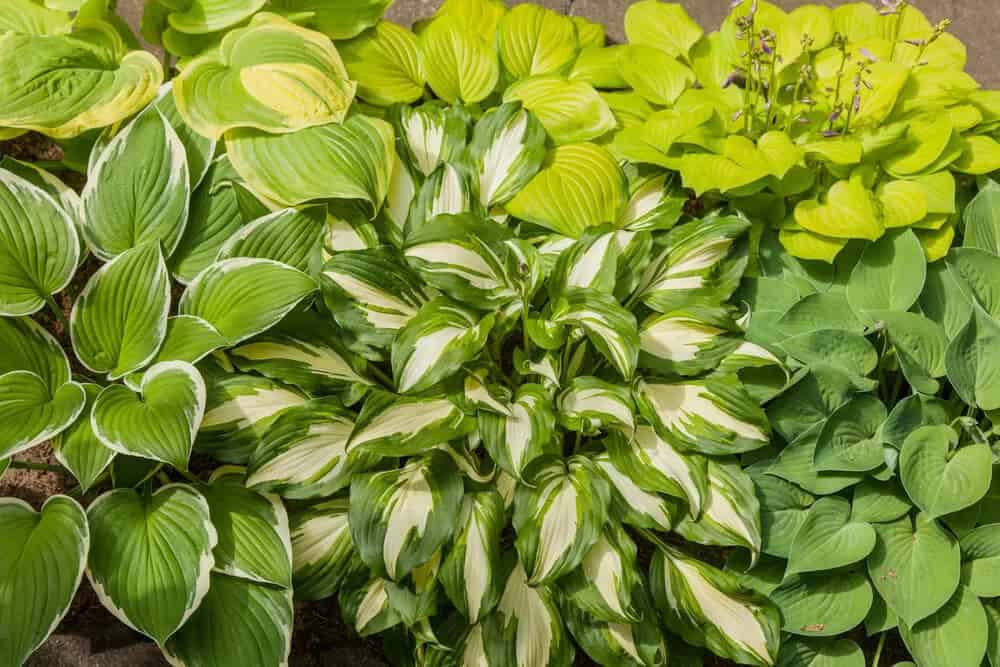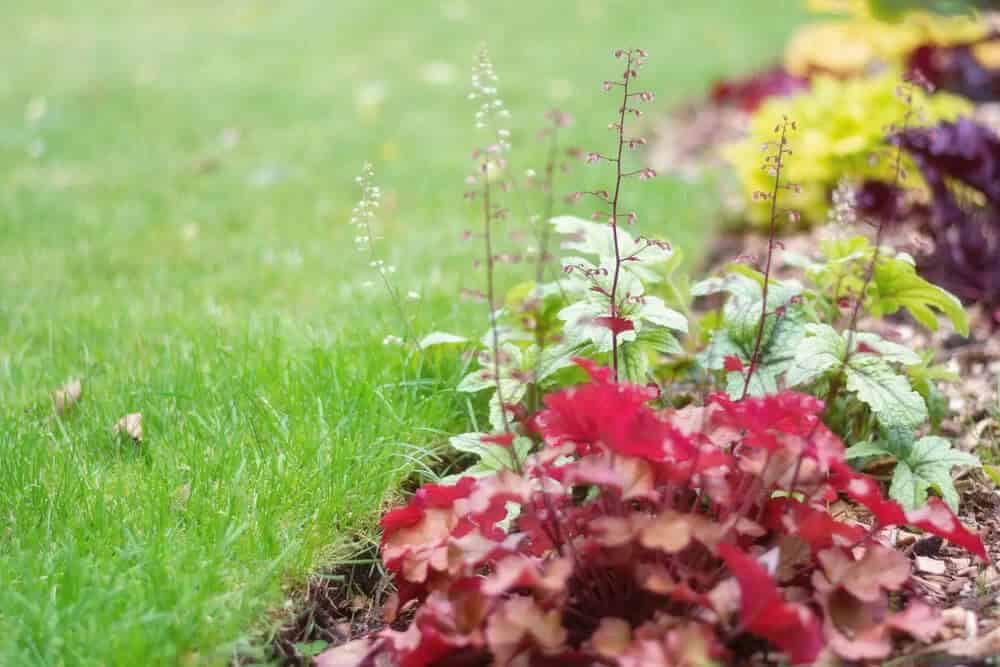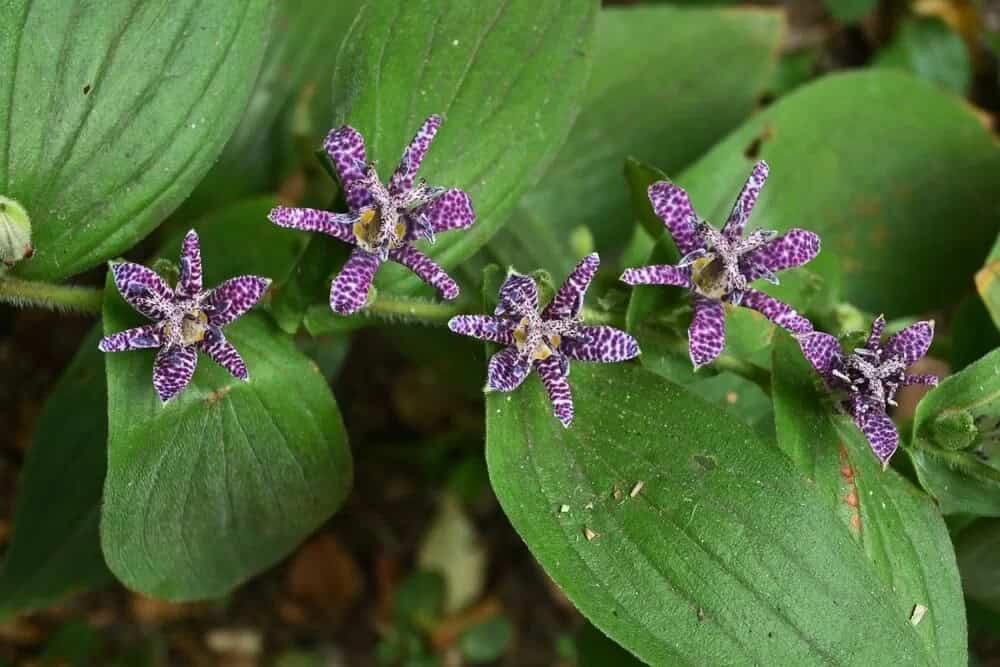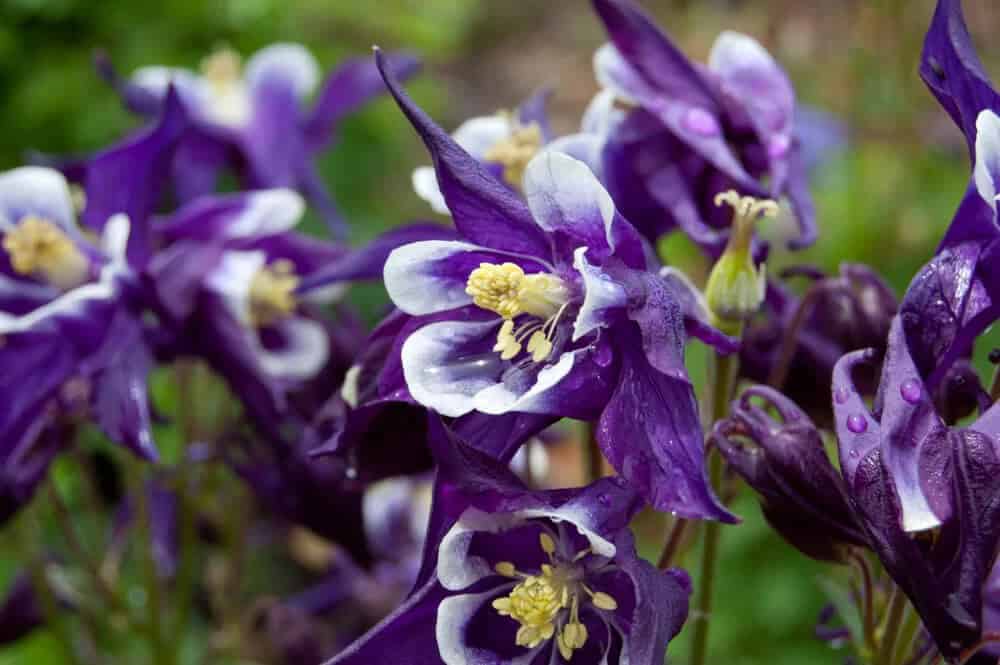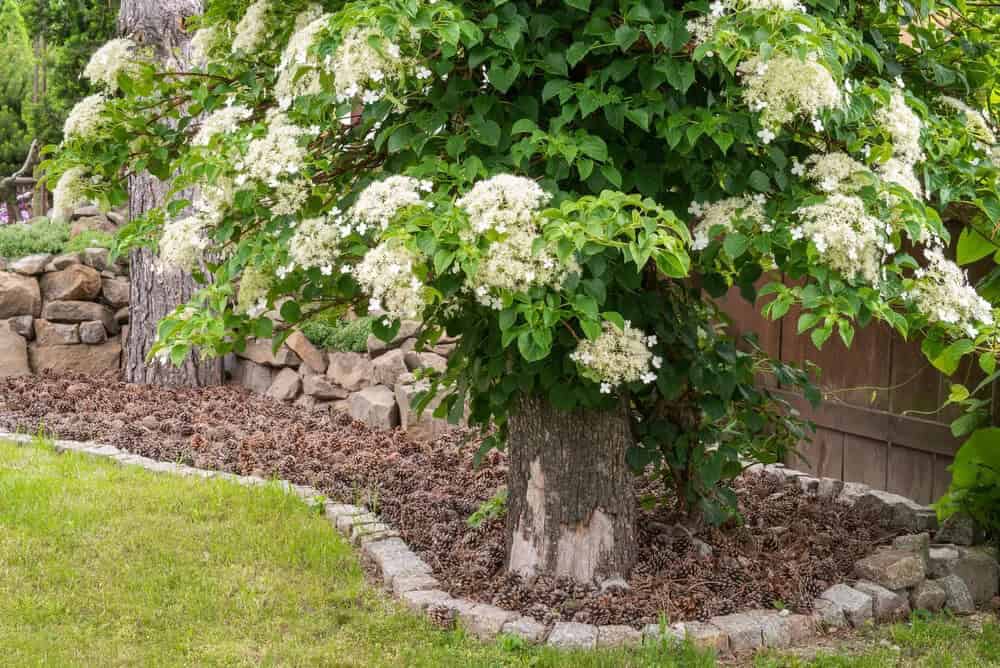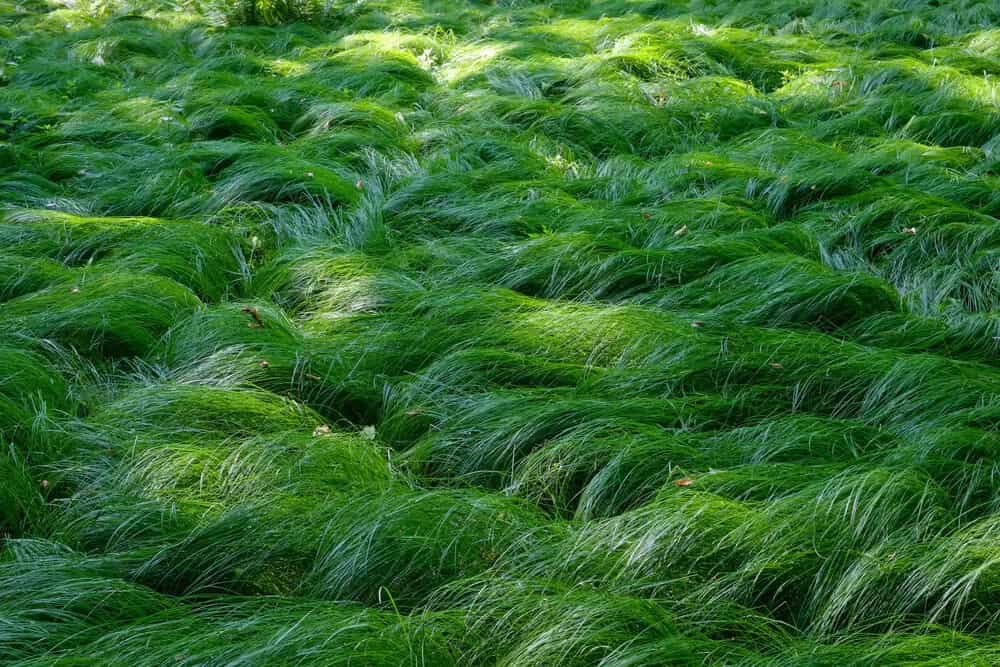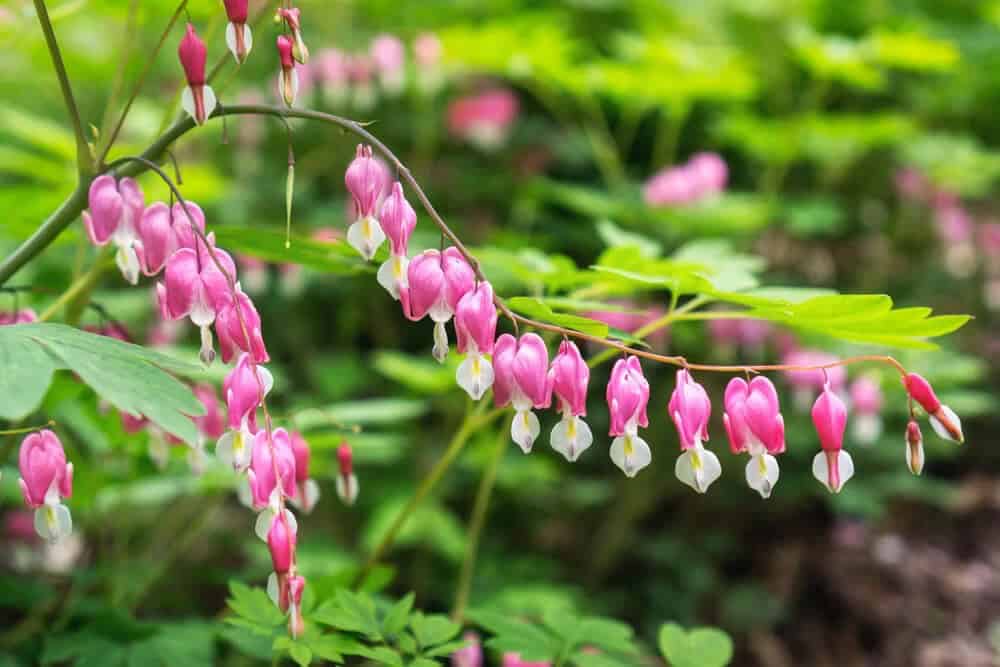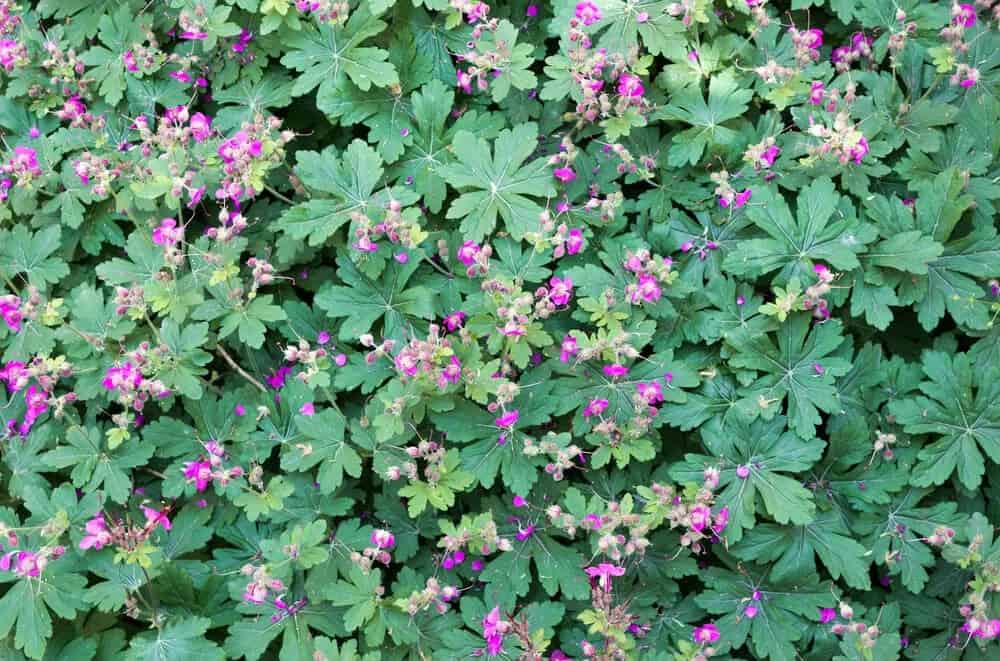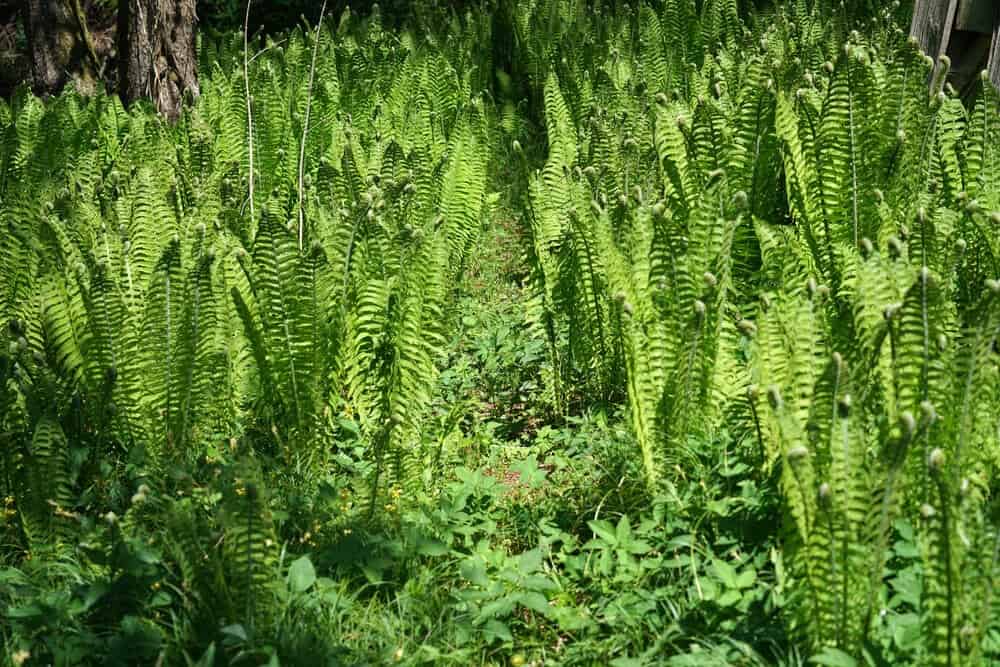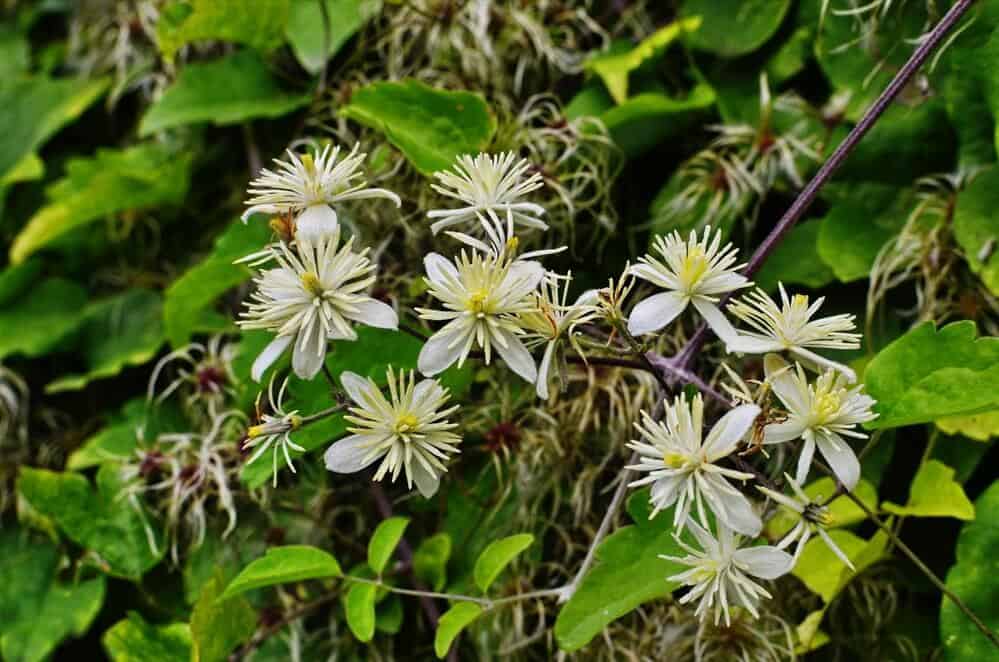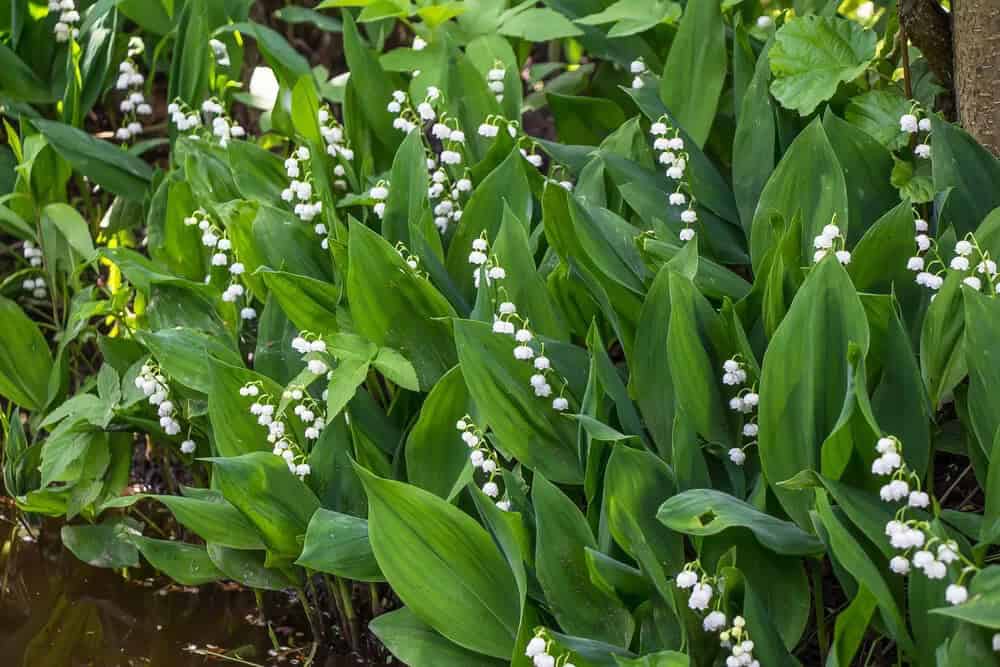Shade can be a significant hurdle for new gardeners. While full-sun plants are generally easy to care for, many people assume that all great garden options require direct sunlight. In reality, there are numerous beautiful and resilient perennials that flourish in partial or deep shade. However, it’s crucial to recognize that these shade-loving plants often come with specific requirements, requiring a delicate balance between light, water, and temperature to thrive.
Unlike annuals, which can simply be replanted if they don’t do well, perennials must survive harsh weather conditions over the years. Fortunately, there are many low-maintenance options available for shade gardens that will reward your efforts with minimal fuss. Below, you’ll find some of these hardy, adaptable perennials, as well as answers to common questions about gardening in the shade.
Key Takeaways
While many gardeners are familiar with perennials that thrive in full sun, there’s an equally impressive array of stunning options for shade gardens. As gardening becomes increasingly popular, these shade-loving perennials have become more widely available than ever. One of the biggest advantages of native perennials is their low-maintenance nature. These plants are perfectly adapted to surviving on minimal resources, making them ideal for busy gardeners or those who prioritize ease of care.
Once established, native perennials require little to no special attention, freeing up time and energy for other aspects of your garden. A key difference between shade-loving and sun-loving perennials is their growth rate. Plants in shade tend to grow more slowly due to the reduced light levels, which means they conserve energy for survival rather than rapid expansion. This slower pace often translates to fewer or smaller flowers, but that’s not necessarily a drawback.
Many beautiful shade-tolerant ornamentals compensate for modest blooms with striking foliage, offering a unique visual appeal. Ultimately, finding the perfect low-maintenance, shade-loving plant is all about exploring and discovering. With a little digging (pun intended), you can uncover a treasure trove of gorgeous options that will meet your specific needs and preferences. And who knows? You might just find that shade gardening becomes your new favorite thing!
16 Lively and Low Maintenance Shade-Loving Perennials
Hostas (Hosta spp.)
Hostas are an excellent option for shady spots, boasting attractive, versatile, and hardy qualities that make them suitable for zones 3 to 8. This means they can thrive in most areas of the country. While hostas do produce beautiful blooms, their standout feature is their large, lush foliage, which offers a tropical flair and comes in an astonishing array of hues and patterns.
In regions with hot summers, a little supplemental water will keep them content, but otherwise, they’re relatively low-maintenance. For a truly striking border, consider planting multiple varieties together to create a visually appealing display.
Coral Bells (Heuchera americana)
When selecting plants for your garden, it’s often wise to opt for those that are native to your region. These plants have evolved to thrive in the specific climatic conditions of your area, making them a more reliable choice than non-native species. Coral bells are an excellent example of this principle in action. Not only are they exceptionally resilient, but they also boast striking beauty. The contrast between their broad, vibrant leaves and delicate inflorescences is truly captivating.
While the flowers themselves can range from pure white to soft pink depending on the variety, it’s the foliage that often steals the show. Coral bells come in a dazzling array of colors, making them a standout addition to any garden. The best part? They require minimal upkeep – simply dividing your plants every few years will keep them healthy and blooming their best.
Spiderwort (Tradescantia spp.)
While many gardeners are familiar with spiderworts through the popular purple heart (Tradescantia pallida) or inchplant (T. zebrina), these plants are just the tip of the iceberg when it comes to exploring the world of Tradescantias. With dozens of species and cultivars at your disposal, you can create a stunning array of colors and textures that adapt seamlessly to a wide range of environments, from deep shade to full sun.
Whether you’re looking for vibrant ground covers or lush borders that evoke the look of shrubs, this versatile genus offers endless possibilities for adding depth and visual interest to your outdoor space.
Toad Lily (Tricyrtis hirta)
While sharing some visual similarities with ordinary garden lilies, Toad Lilies are actually native to Japan and boast a unique charm of their own. One of the standout features of these polka-dotted wonders is their ability to thrive in the hot summer months when many other plants struggle to survive. Their tall, straight stems and large leaves add visual interest throughout the growing season, making them a delightful addition to any garden.
And if you have good soil, Toad Lilies will even self-seed, potentially allowing you to enjoy a perpetual display of their beauty without ever having to purchase new plants again. Despite being shade-loving, these tough lilies prove that sunny gardens aren’t the only ones deserving of fabulous flora!
Columbine (Aquilegia)
Columbines are the unsung heroes of shade-loving perennials. These striking ornamentals have earned a special place in many gardeners’ hearts with their hardiness, pest-resistance, and ability to thrive in even the most shaded corners. The fact that they’re also a source of inspiration for songwriters and poets is just an added bonus.
Take Colorado, for instance, where columbines are so iconic that they’ve earned themselves an official state song – ‘Where the Columbines Grow’ – a testament to their enduring popularity. With such a wide range of options available in terms of size, color, and care requirements, gardeners can find a variety that perfectly suits their unique needs and preferences.
And what’s more, most columbines are perennials that self-seed with ease, making them an ultra-low-maintenance addition to any shade garden. Once established, they’ll even do the replanting for you – talk about a gardening dream come true!
Astilbe (Astilbe spp.)
Astilbes, also known as false goat’s beard, may appear deceptively simple, but they offer a wealth of benefits with minimal upkeep. Their lush, evergreen foliage forms undulating mounds that add depth and visual interest to shaded areas, while the vibrant pink, purple, and white blooms burst forth even in the darkest corners. The best part? These perennials are low-maintenance, requiring only consistent watering to thrive year after year.
Many ornamental varieties hail from Asia, reaching heights of around hip-level, but the native North American species, Astilbe biternata, stands tall at an impressive six feet, defying expectations with its statuesque presence.
Climbing Hydrangea (Hydrangea anomala)
Climbing hydrangea stands out from its shrub-like counterparts in more ways than one. As a vine that can stretch up to 50 feet or more, it defies conventional expectations of what a hydrangea should look like. Furthermore, while many species of hydrangea can tolerate some shade, climbing hydrangea takes it to the next level – it thrives in full shade and still manages to produce beautiful blooms.
While it may require some extra care during its first year or two after planting, once established, this unique plant is remarkably low-maintenance. And even when the leaves and flowers have long since faded, its exfoliating bark provides a fascinating texture that’s sure to capture your attention.
Bugleweed (Ajuga reptans)
In areas where sunlight is scarce, even the most resilient plants struggle to thrive. However, one exception stands out: bugleweed. This adaptable plant excels in deep shade, boasting a remarkable ability to grow almost anywhere within the lower 48 states. Its impressive tolerance of drought and poor soil makes it an attractive option for gardeners seeking low-maintenance solutions.
Bugleweed’s spreading habit lends itself well to ground cover, while its vibrant blue-violet blooms make a striking statement in borders or beds. While it can become aggressive if not properly contained, with proper space and monitoring, bugleweed can be a valuable addition to any landscape.
Sedges (Carex spp.)
Bleeding Hearts (Dicentra spp.)
Bleeding hearts, aptly named for their delicate, heart-shaped flowers, belong to the poppy family. However, their feathery foliage and striking, leafless flowering stems set them apart from many other blooms you’ve encountered. Despite their whimsical appearance, these robust natives are surprisingly low-maintenance. Boasting a natural resistance to pests, including deer, and immunity to serious diseases, bleeding hearts require minimal upkeep.
They flourish in deep shade and can withstand harsh winters, making them an excellent choice for gardeners in USDA zone 3 and beyond.
Bigroot Geranium (Geranium macrorrhizum)
Geraniums are often favored by novice gardeners due to their remarkable resilience. They can thrive in challenging conditions, including neglect, and will typically regrow from the ground if they suffer damage. Among its peers, bigroot geranium stands out as an exceptional performer in shade gardens. Its underground rhizomes store water and energy, enabling it to withstand drought and shade better than other varieties.
In fact, this variety is one of the few that can truly flourish in full shade. The plant’s deep magenta blooms are both abundant and eye-catching, and it has the added benefit of not requiring pruning after flowering. Additionally, bigroot geranium is a versatile addition to any garden, looking equally stunning as a specimen, border, or groundcover. Regardless of where you choose to place them, you’re unlikely to be disappointed – few plants offer such value with so little maintenance.
Ferns (Polypodiopsida)
Ferns are among the oldest and most resilient plant species on Earth, thriving in environments as diverse as Siberia’s tundra and the American southwest’s arid deserts. While often perceived as delicate, these plants have evolved to be incredibly hardy. In fact, they can brighten even the shadiest of gardens with their lush foliage.
With numerous low-maintenance, shade-loving varieties to choose from, it’s no wonder that certain species like the Christmas fern (Polystichum acrostichoides), cinnamon fern (Osmundastrum cinnamomeum), and bracken (Pteridium aquilinum) are popular choices for gardeners. These plants require little more than deep shade and occasional watering in the summer to flourish.
Hardy Fuchsia (Fuchsia magellanica)
Fuchsias have been a beloved fixture in gardens for centuries, prized for their stunning flowers and adaptability. While many varieties are technically perennials, they’re often grown as annuals due to their sensitivity to frost. However, the hardy fuchsia stands out from the crowd. Not only does it thrive in temperatures as low as Zone 5, but it’s also remarkably easy to care for, needing little more than occasional watering during the summer months.
Vinca (Vinca minor)
Vinca minor, also known as periwinkle, is a tried-and-true option for shaded areas where a lush ground cover is desired. This low-maintenance plant excels in deep shade and boasts impressive resistance to pests and diseases, making it an ideal choice for gardeners of all skill levels. With minimal care, Vinca minor can establish itself quickly, offering year-round foliage with a rich, dark green hue.
As an added bonus, these plants produce vibrant blue flowers in the spring, creating a stunning display that’s sure to delight.
Woodbine (Clematis virginiana)
In the realm of climbing vines that thrive in shaded environments, woodbine stands out as a remarkable find. Its ability to grow rapidly and require minimal upkeep makes it an attractive choice for gardeners seeking low-maintenance yet visually appealing additions.
While its flowers may not be as vibrantly showy as some popular varieties, they still possess a unique charm and bloom in autumn, offering a delightful reminder of the preceding spring season’s beauty just before the weather begins to shift.
Lily-of-the-Valley (Convallaria majalis)
Lily-of-the-valley’s delicate appearance belies its remarkable resilience. Despite thriving in shaded conditions, this plant is surprisingly adaptable, tolerating a wide range of environmental challenges, from arid droughts to heavy clay soils. Its cold-hardiness allows it to flourish as far north as Montana and Maine (zone 3), making it an ideal choice for gardeners in these regions.
What’s more, lily-of-the-valley can be easily propagated through root cuttings, a process that not only facilitates the creation of new plants but also revitalizes established ones. As a result, you can expect to see even more vibrant flowers the following spring, as your original plants are invigorated by the division and replanting.
Frequently Asked Questions About Low-maintenance Perennials for Shade
Which perennials grow best in the shade?
Perennials such as hostas, lily-of-the-valley, and bleeding hearts thrive in the deepest of shades. While these plants can tolerate some direct sunlight, they ultimately flourish when provided with consistent shade, often requiring a canopy of trees or a north-facing location to reach their full potential.
What is easy to grow in the shade?
When it comes to creating a thriving shade garden, there are several plant species that stand out for their remarkable resilience. Among these, coral bells, bigroot geraniums, and hostas are particularly notable for their ability to thrive even in challenging conditions. These plants have evolved to adapt to the reduced light levels found in shaded areas, making them perfect choices for gardeners looking to create a beautiful and low-maintenance outdoor space.
What perennials like full sun and bloom all summer?
When it comes to the majority of popular garden plants, full sun is the preferred environment. This includes showstoppers like marigolds, zinnias, and roses, as well as a wide variety of vegetables. One notable benefit of full sun-grown plants is their accelerated growth rate, which can be attributed to the increased energy they receive from the sun’s rays.
What flower needs the least amount of sun?
Many houseplants thrive in low-light conditions, with some species able to survive without direct sunlight altogether. This is particularly true for those that originated from rainforests, where the dense canopy limits sunlight penetration to less than 5%. Among these shade-tolerant plants are bugleweed, hostas, and certain fern varieties, which have adapted to thrive in such conditions.
Is there a plant that can live without sunlight?
While some plant species, such as dodder, broomrape, and certain orchids like coral-root orchids, have evolved to abandon photosynthesis altogether, relying on parasitic relationships with other plants for sustenance. This is in stark contrast to houseplants or garden varieties that, despite their adaptability, still require light to thrive.
16 Serene and Stunning Shade-Loving Perennials
Growing a beautiful and thriving shade garden is not only possible, but also incredibly rewarding. Unlike plants in full sun, those adapted to deep shade tend to grow more slowly due to reduced photosynthesis and may produce fewer or smaller flowers. However, this doesn’t mean you’ll be limited to modest or austere designs. On the contrary, there are many stunning ornamentals that flourish in shade, boasting vibrant flowers and rapid growth rates.
By choosing the right plants and adopting a thoughtful approach to fertilization and transplanting, you can create a shade garden that rivals its sun-drenched counterparts. As you explore the world of shade-loving plants, you may find yourself discovering new favorites and appreciating the unique beauty that only shady conditions can provide. With time, you might even find it difficult to transition back to full sun, so captivating are the wonders that unfold in your very own shade garden.
